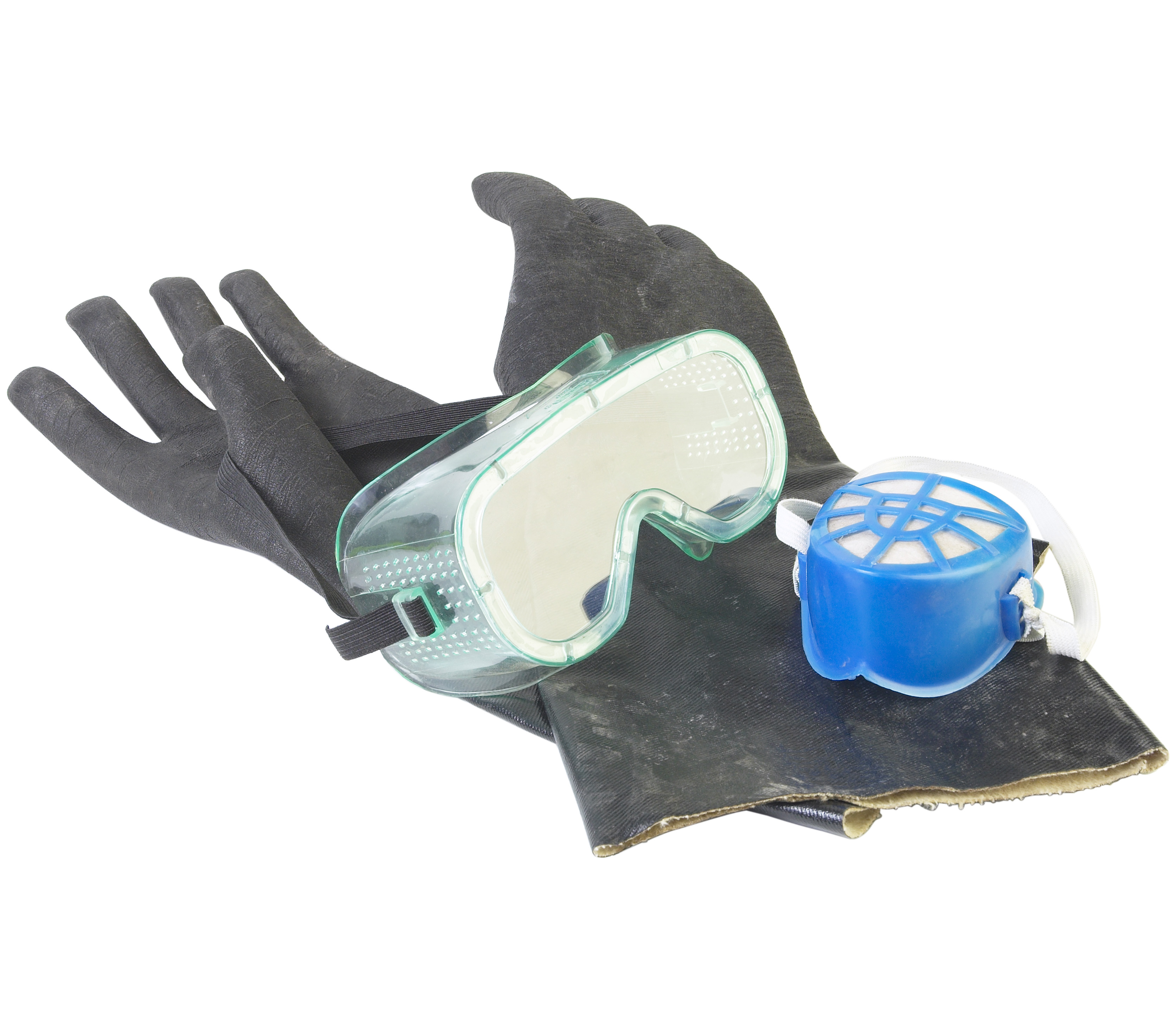 |
But if you are looking to make your own spill kit on the cheap, you will likely save a fair bit of money by purchasing your own garbage can or covered pail and then separately purchasing gloves, coverall, sorbents and other equipment. You will want to keep extra supplies on hand and restock your spill kit immediately after each use.
Contents of a Spill Kit
A spill kit usually contains two or three types of equipment. First is protective clothing or personal protective equipment (PPE). The second is equipment used to clean up the spill. Third, some kits include equipment to stop leakage.
The contents of a spill kit will vary depending upon the type of material that has been spilled and the size of the spill.
EPA’s SPCC regulation affects over 630,000 facilities. Is yours one? Download your EHS Essentials Kit—SPCC Plan Compliance now for all the tools you need to be in compliance. For a limited time, only $99.00. (Save $50 off list price!) Download Now
Small Spill Kits
A small spill kit should contain at least the following elements:
- Gloves;
- Sorbent; and
- A container to collect and store the cleanup material.
It might also be helpful to have a whisk broom, a dust pan, and a heavy duty plastic bag to line your collection container. By keeping it clean you may be able to reuse it. All of this should easily fit inside a 5-gallon, covered, plastic pail. The pail should be labeled so anyone can clearly identify it as a spill kit. The cover should be placed loosely on top to keep the contents dry and clean, but the pail should be easy to open.
Large Spill Kits
A large spill kit should contain the following elements:
Protective clothing for two people. Larger spills should be cleaned up by at least two people. Protective clothing could include coveralls or a Tyvec® suit, gloves, boot covers, goggles or safety glasses and duct tape. Use common sense to determine the level of danger and if other gear (i.e. helmets or steel-toe boots) or outside assistance is needed.
Try to imagine the worst case scenario and plan accordingly. This will help you to address problems before they happen and to have the materials on hand for the totally unexpected. If spills into secondary containment are likely, a pump might be needed to suck the spills dry. Plugs and patching material may be needed if a forklift accidentally punctures a drum of oil. A sufficient number, type and size of sorbents should be available to clean up the size of spill that is likely to occur at your facility.
When a cleanup is needed it may be helpful to have extra drums on hand. You can then transfer the oil from a damaged drum to a good container. Also, over pack drums are available. They are a little bigger than a 55-gallon drum and the damaged or leaking container may be put inside the over pack drum. The larger containers may also be used to hold sorbents after they have soaked up the oil.
Many spill kits are made using a drum or over pack container. All of the PPE and spill cleanup materials may be stored in the large container until needed.
Don’t risk an EPA fine! Stay in compliance with our EHS Essentials Kit—SPCC Plan Compliance. Download now for instant access to comprehensive checklists, common violations, training materials, forms, and more. For a limited time, only $99.00. (Save $50 off list price!) Download Now
Tips for Packing a Spill Kit
Small spill kits should be packed with plastic bags in the bottom, sorbents in the middle, and protective clothing (i.e. gloves and safety glasses) on top. The first thing you’ll use is the protective clothing so make sure you can see it and get to it quickly as soon as the kit is opened.
Large spill kits are packed similarly, with the protective clothing on top. Due to the size of larger containers, some special considerations should be taken when packing the additional equipment. Put sorbents and tools in large, sturdy, plastic bags so that the top of each bag can be reached without dumping the kit on its side or reaching way into the drum. Sorbent socks will be needed first to stop the flow of oil, so they should be packed right under the PPE. The remaining sorbents, whether pads, pillows, or loose, should be packed next. A shovel (there are collapsible models), broom and extra plastic bags should be packed toward the bottom of the kit.
Be certain your SPCC plan is compliant with EHS Essentials Kit–SPCC Plan Compliance. This kit covers all the latest regulation changes with expert analysis, important FAQs, and comprehensive checklists. Create or update your SPCC plan with confidence. A sample plan will guide you in the development of a finished, usable document to achieve and sustain compliance.
Looking for Training Materials?
With EHS Essentials Kit–SPCC Plan Compliance, you’ll have them immediately. There’s no shipping cost or wait for delivery. With one instant download, you’ll have all you need to keep your staff fully prepared and trained for their safety and protection – as well as the protection of your company.
Download your Essentials Kit now for all the tools you need to be in compliance! For a limited time, only $99.00. (Save $50 off list price!)
